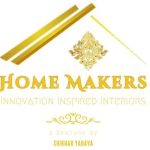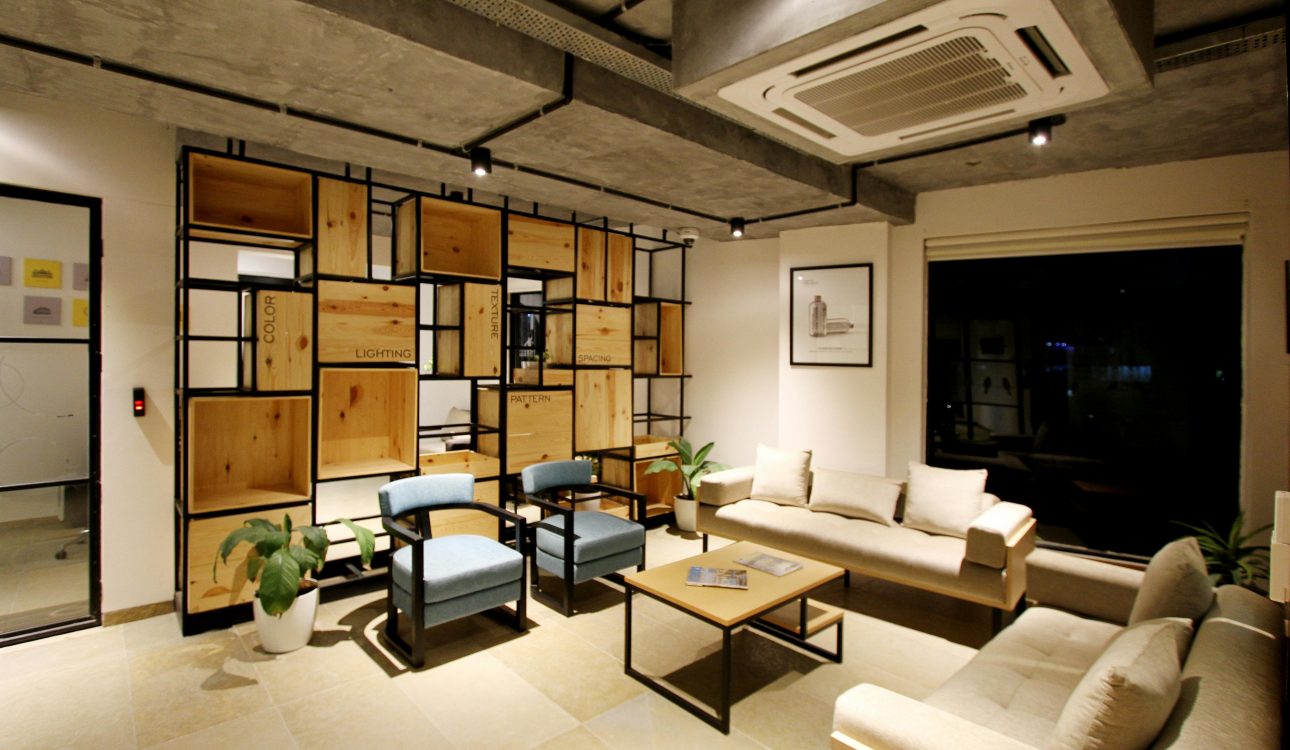I. Introduction to Interior Design
Interior design is the art and science of enhancing the interior of a space to achieve a healthier and more aesthetically pleasing environment for the people using the space. It involves a variety of disciplines, including conceptual development, space planning, site inspections, programming, research, communicating with project stakeholders, construction management, and execution of the design.
II. Key Elements of Professional Interior Design
Space Planning
Space planning is a critical step in the interior design process. It involves organizing furniture and functions to work together and use space efficiently. Good space planning considers traffic patterns, furniture size and placement, and functionality.
Concept Development
The design concept is the central idea around which the project is built. It includes creating mood boards and sketches to communicate ideas. This step ensures that the final design aligns with the client’s vision and preferences.
Material Selection
Choosing the right materials is vital for the aesthetics and functionality of a space. This includes selecting flooring, wall coverings, furniture, and decor that meet the client’s needs and fit the design style.
Color Theory
Color theory involves understanding how colors interact and influence emotions. Designers use color theory to create harmonious color schemes that enhance the desired mood and atmosphere of a space.
Lighting Design
Lighting design is essential for creating the right ambiance and ensuring functionality. It involves planning the placement of lighting fixtures and selecting appropriate types of lighting for different areas.
Furniture and Decor
Selecting furniture and decor is about balancing aesthetics with comfort and practicality. Designers choose pieces that fit the style of the space and meet the functional needs of the users.
Project Management
Project management involves coordinating with contractors, managing timelines, and staying within budget. Effective project management ensures that the design is executed correctly and on time.
Sustainability
Sustainability in interior design focuses on using eco-friendly materials and practices to reduce environmental impact. This includes selecting sustainable materials, designing energy-efficient spaces, and promoting healthy indoor air quality.
III. Steps in the Interior Design Process
Initial Consultation
The initial consultation is about understanding the client’s needs, preferences, and budget. This step often includes a site visit to assess the space and gather information.
Design Development
In this phase, designers create preliminary designs and present them to the client for feedback. This iterative process helps refine the design until it meets the client’s expectations.
Implementation
During implementation, designers oversee the execution of the design. This includes coordinating with contractors and ensuring that the work meets the design specifications and quality standards.
Final Review
The final review involves a walk-through with the client to ensure that everything is completed to their satisfaction. Any issues are addressed, and final adjustments are made.
IV. Becoming a Professional Interior Designer
Education
Aspiring interior designers typically pursue a degree in interior design, where they learn about design principles, materials, and tools. Courses often cover topics such as color theory, space planning, and design history.
Experience
Gaining practical experience through internships or entry-level positions is crucial for building a portfolio and developing professional skills. Working under experienced designers provides valuable insights and hands-on learning opportunities.
Certification and Licensing
Many regions require interior designers to obtain certification or licensure. In the US, the National Council for Interior Design Qualification (NCIDQ) certification is widely recognized. This certification demonstrates a designer’s competence and adherence to industry standards.
Continuous Learning
The interior design field is constantly evolving, so continuous learning is important. Designers can stay updated on the latest trends, materials, and technologies by taking advanced courses, attending workshops, and reading industry publications.
V. Trends in Interior Design
Sustainability
Sustainable design focuses on using eco-friendly materials and creating energy-efficient spaces. This trend is driven by a growing awareness of environmental issues and a desire to reduce the ecological footprint of interior spaces.
Smart Homes
Smart home technology integrates devices and systems for enhanced convenience and control. This includes automated lighting, climate control, security systems, and more. Designers incorporate these technologies to create modern, functional spaces.
Minimalism
Minimalism emphasizes simplicity and functionality. This design style uses clean lines, neutral colors, and a limited number of furnishings to create a clutter-free, serene environment.
Biophilic Design
Biophilic design incorporates natural elements like plants, natural light, and organic materials to improve well-being. This approach is based on the idea that connecting with nature can enhance health and happiness.
Personalization
Personalization involves creating custom designs that reflect the client’s personality and lifestyle. This trend emphasizes unique, one-of-a-kind spaces tailored to individual preferences.
Conclusion
Professional interior design is a multifaceted discipline that blends creativity, technical skills, and practical knowledge to create functional, aesthetically pleasing spaces. It involves a comprehensive process, from understanding client needs and developing design concepts to managing project implementation and ensuring the final outcome meets or exceeds expectations.

